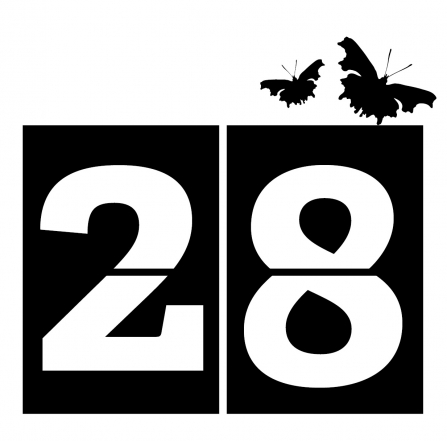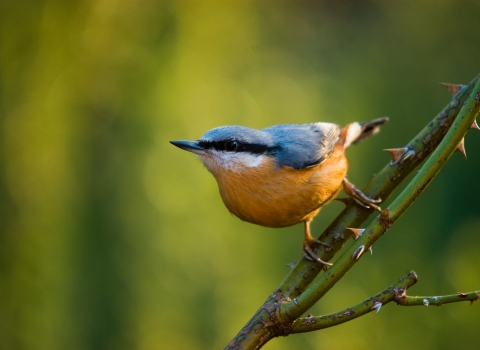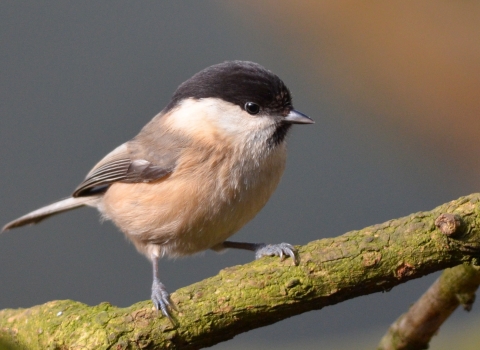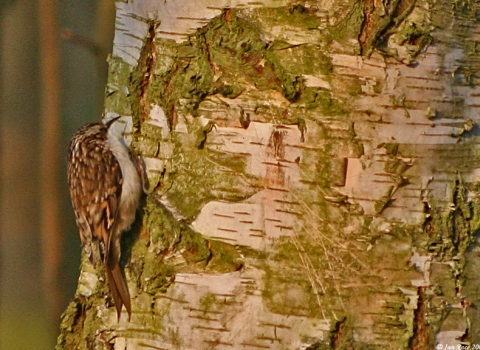When I started my role as a reserve officer, the nest box scheme on my site had been running since 2000 and also had 7 years of data from the 1980s. This means that we have been measuring clutch sizes and egg laying dates since then, and the difference between now and the 1980s is quite something! On the whole, the birds in the boxes now appear to be laying approximately 2 weeks earlier than they did in the 1980s.
When my colleague who managed the nest box scheme retired, I trained for a licence to continue the scheme because that sort of data is too valuable to let go. Not being an expert on birds (inverts are my passion…bird food as the birders call them!), I was told that you are only really likely to see a great tit, coal tit or blue tit in the boxes here. So when I carefully open the lid of the boxes, I catch a glimpse of the parent with either a black cap (great tit), black cap with a white patch on its neck coal tit) or a blue cap (blue tit).
But I soon discovered that the birds don’t read the rule books and when there is a clean, cosy nest box on offer, some birds just can’t resist. I have since found a marsh tit nesting in a box, a species that is declining nationally and which usually doesn’t like nest boxes. They tend to use existing holes and excavate them further: but with the help of feeding stations and suitable habitat - and cosy nest boxes - the population on site is doing well.
I have also found: treecreepers, which usually like to wedge themselves between crevices on trees; wrens; tree sparrows; wood mice; and a weasel who was extremely annoyed that I had disturbed its breakfast!
But this season has given me a real treat. This year we had a nuthatch nesting in one of the boxes. This beautiful little bird has never actually been confirmed as breeding on site, although it has always been suspected. This is another species that rarely use nest boxes, as they tend to prefer natural holes and often reduce the size of the hole with mud, which they'd done to the nest box, too.





